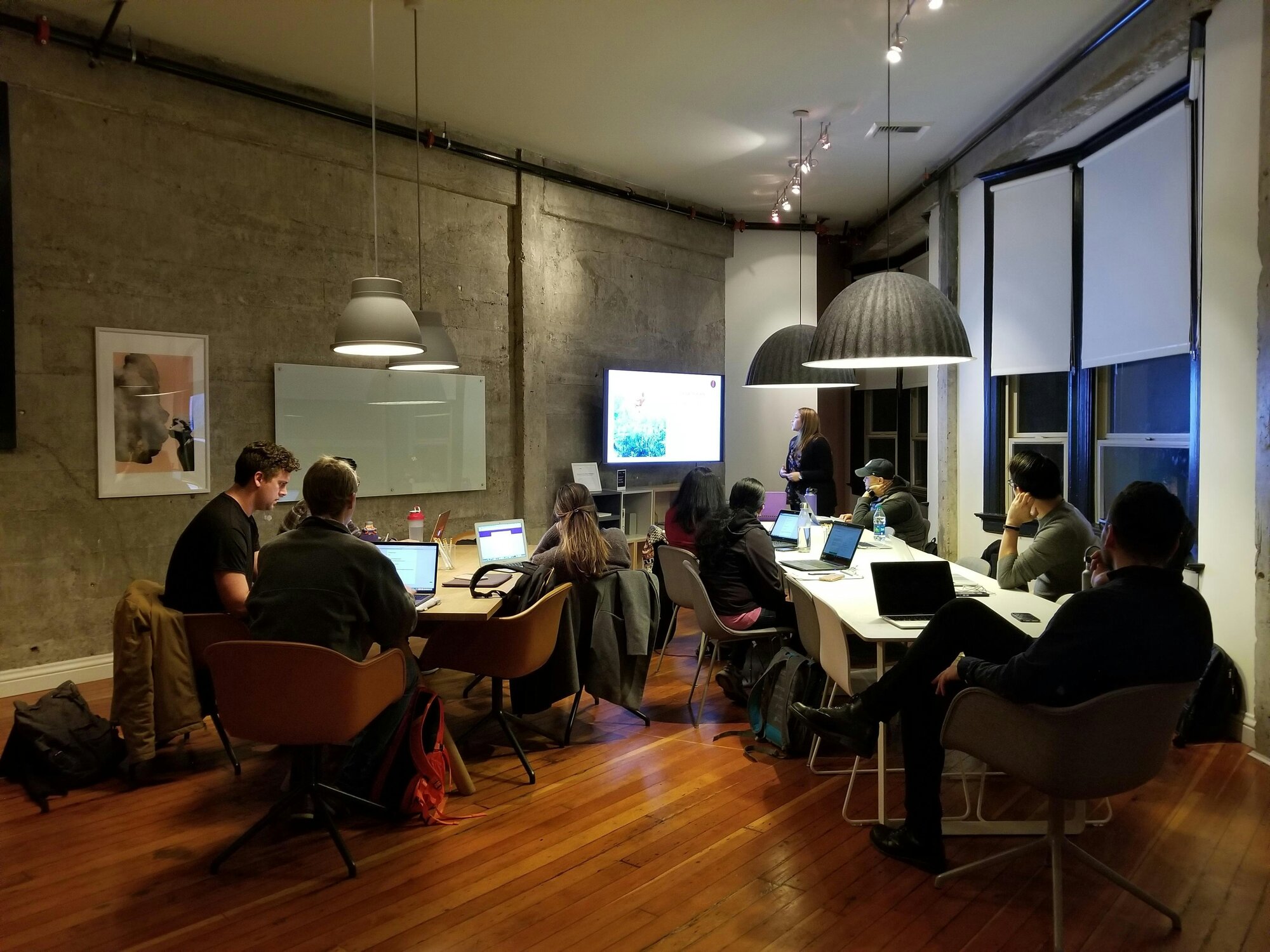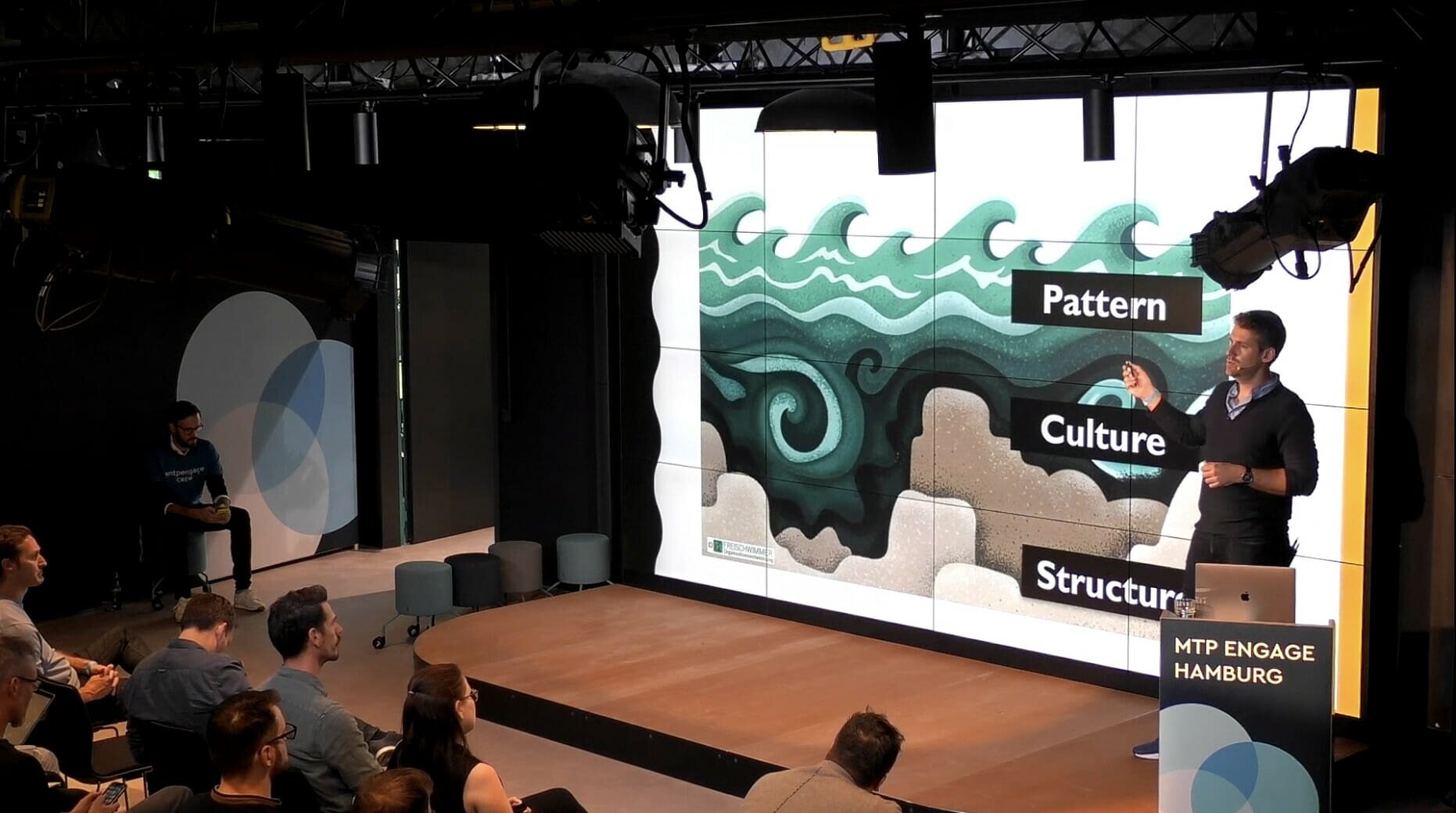In this ProductTank Belfast talk, Adrian Howard, a consultant, coach, and trainer, provides in-depth knowledge about Sturgeon’s biases and how they can be addressed to create a balanced system across all aspects of the business.
Watch the session in full or read on for key points:
- Overview of Sturgeon's Biases
- Sturgeon's Biases are oversimplifications
- How it can be addressed
Overview of sturgeon's biases
Developing a product that your customers love can be a rewarding job. However, the collaboration required between different communities of practise to build that product is challenging. The reason for these conflicts is usually bias, which Adrian redefines as Sturgeon biases. It is derived from Sturgeon's Law, which states “Everything is 90% crud”.
Adrian divides these biases into two categories:
- The best people in the community experience 90% awesome when the reality is 10% awesome.
In any organisation, each individual's skill set is different from the others. Often, people believe that the distribution of these different skills is random, while in reality, high-skilled people seek to work with people who share the same abilities as them. This results in high-skilled workers getting a biased view of their community's work capability.
- The presentation of a community is 90% awesome when in reality it's 10% awesome.
Within every community of practise, people like public speakers, article writers, or those who work on influential projects get their voices heard much more frequently than others, which helps them gain visibility. These might lead to misconceptions about a community's ability, as prominent figures represent only 10% of it.
Sturgeon's Biases are oversimplifications.
Even though Sturgeon's biases can help you understand why certain issues occur in a community of practise, it's important to realise that these biases only provide a simplistic view of the actual situation. As:
- People don't precisely fall into two categories.
- 10% and 90% is not an accurately correct proportion.
- Ability is not fixed. In today's dynamic world, people might get better with training and experience or worse if they can't withstand the changes of the world.
- Ability is often constructed. If companies don't utilise employees' pre-existing skills and allow them to grow, the chances of improvement are less.
- Popular communities might attract newbies and exploiters. People without a sufficient skill set can alter the composition of a community.
- Product management is a messy domain. Part of the process includes collaboration with other messy domains. This often leads to a lack of boundaries and an inconsistent experience for team members.
How it can be addressed
Now that you know what Sturgeon's Biases are, it's time to address them.
Start by doing the following things:
- Never dismiss a lived experience. Pay attention to other people's voices, even if they don't resonate with you.
- Ask for stories. Knowing their experiences can help you understand their mindset and how you can shift it for better experiences.
- Talk about the outcomes. This helps team members gain a shared understanding of each other's position at the moment and how it can be utilised to achieve the product vision of the company.
- Use different words. Words have the power to do miracles. Using words that don't have preconceived notions can help people collaborate effectively and produce better outcomes.
- Question your own lived experiences. Self-awareness is the key. This not only helps you figure out what percentage of the community you actually live in but also how you can provide better support for others.
The key takeaway from this talk is that work environments shouldn't be treated as an afterthought. Starting to understand others' perspectives and empathising with them can help you build a healthier professional atmosphere, which in turn can result in more impactful products.
ProductTank is an informal meetup that brings together the local product community in each of those cities – whatever your role in Product, you are welcome! Find a ProductTank near you.






